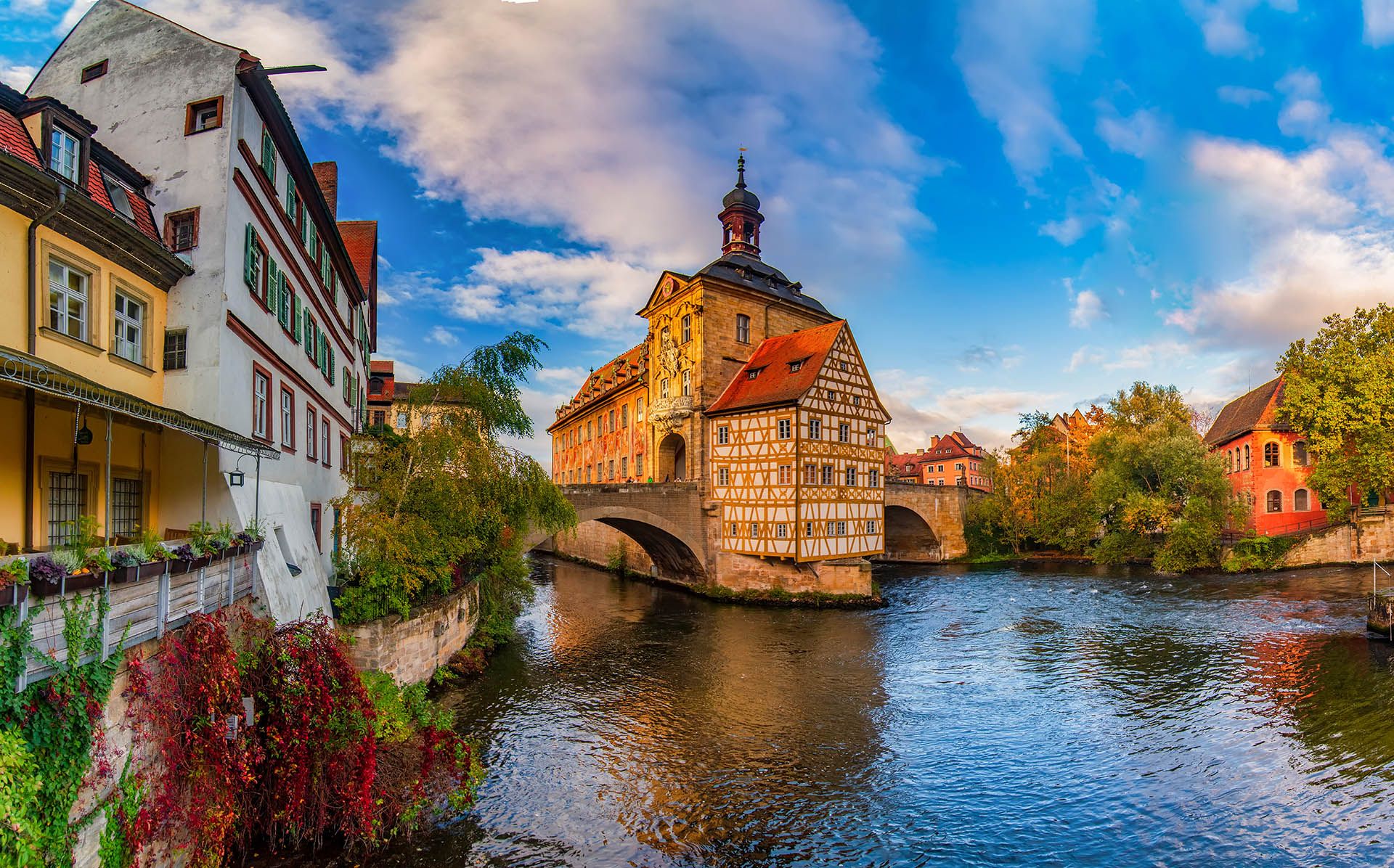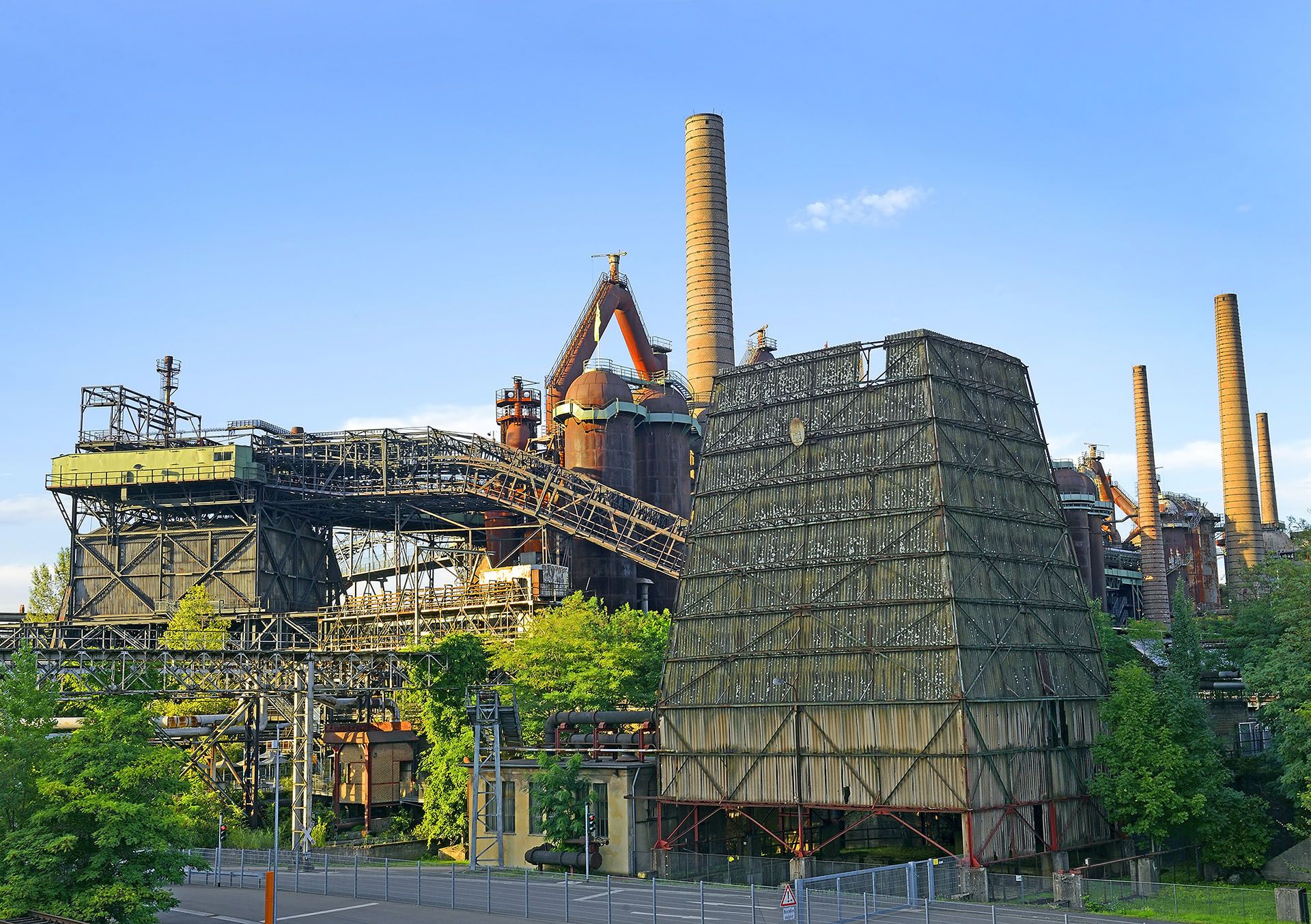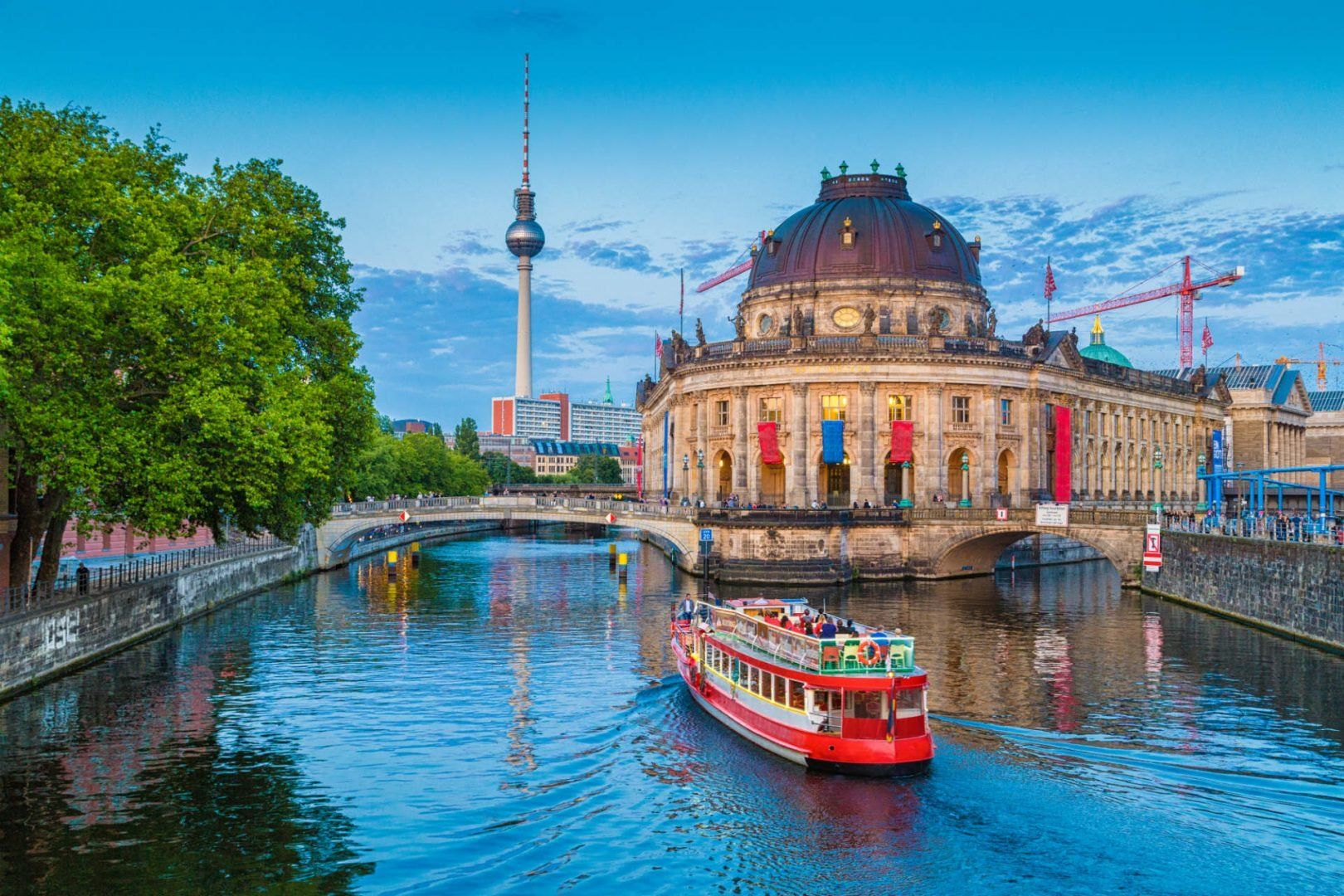Planning your own trip? Prepare for your trip
Use Rough Guides' trusted partners for great rates
Travel advice for Germany
From travel safety to visa requirements, discover the best tips for visiting Germany
Book your individual trip, stress-free with local travel experts
Look no further than Germany for awesome architecture, romantic rambles and intriguing industrial heritage. This sprawling country is home to a staggering 46 UNESCO World Heritage sites.
Germany offers the full spectrum when it comes to design and creativity, but it’s not all about the visual aspect; the following World Heritage sites also provide a rich insight into Germany’s cultural heritage.
If you’re into your history (or just like the way the buildings look), stroll through chocolate-box town centres, gaze up at half-timbered houses and marvel at Roman city gates, all with long and varied histories of their own.
Beautiful Bamberg – located in northern Bavaria – is one of the largest and best-preserved medieval towns in Germany. The city’s layout is a prime example of how most Central European towns were designed in the early Middle Ages and its Old Town consists of three World Heritage districts: the episcopal town, the island town and the market gardener’s town. Another of this UNESCO town’s highlights is its smoked Rauchbier; book onto a beer-tasting tour and your guide will lead the way around some of the best bars and breweries in Bamberg. Prost! Of all the historic old towns in Germany (and there are a lot), Stralsund and Wismar are two of the most romantic, both packed with Gothic architecture characteristic of the Baltic region. In Stralsund there’s the world’s oldest original astronomical clock inside St Nicholas’ Church, while over in Wismar you can take in the original medieval harbour basin overlooked by the Wassertor city gate.

Bamberg, Germany © Haidamac/Shutterstock
Most famous as the birthplace of Bauhaus, Germany’s architecture and design is something to write home about. The Bauhaus school was founded in 1919 in Weimar; several Bauhaus gems survive to be explored, while many of the country’s Modernist housing estates are still lived in today. Berlin’s Horseshoe Estate (Hufeisensiedlung) consists of six estates, built by the star architects of German Modernism (Bruno and Max Taut, Hans Scharoun, Walter Gropius) between 1913 and 1934. For the ultimate experience, choose to spend the night in the restored Tautes Heim museum house nearby, designed by Bruno Taut.
Those after an older throwback won’t be disappointed by the exceptional Cologne Cathedral. With its spiky flying buttresses, staggering height of 157m and 14th-century art inside, it’s the cherry (or spire) atop the cake when it comes to Germany’s top UNESCO architectural sites.
Germany’s rich cultural history is tied up with its industrial heritage, and to UNESCO, preserving this is firmly on the agenda. While mining regions and sophisticated water-management systems may not sound like the most stimulating of visitor attractions, prepare to find yourself pleasantly surprised...
Located close to the French border near Saarbrücken, Völklingen Ironworks was once a blast-furnace complex that employed 17,000 workers. Today, visitors can enjoy its viewing platform, trundle along the coal track or even headbang away at one of their open-air rock gigs.
Meanwhile, near Darmstadt lies the Messel Pit Fossil Site; excavations at this former quarry have found over 1000 species of intriguingly well-preserved animals and plants found sandwiched between layers of oil shale. Fancy trying your luck? The visitor centre offers tours to active excavation sites, where you can try finding a fossil yourself.

Volklingen Ironworks in Volklingen, Germany © Pecold/Shutterstock
Of course, Germany’s religious architecture through the ages has resulted in some of the most iconic, splendid and richly decorated buildings on the planet.
Founded in 724, the Monastic Island of Reichenau is home to three Romanesque churches dating back to the 9th–11th centuries. The three churches are excellent examples of Ottonian, Carolingian and Salian architecture. Once you’ve poured your eyes over the intricate details, head out on a bike ride and look out towards the twinkling Lake Constance. Uncover the best of Germany’s spiritual sites by standing face-to-face with millennium-old buildings, such as Speyer Cathedral, the biggest Romanesque church in the world. If you’re feeling adventurous you can book a tour of the dwarf gallery, an arcaded walkway just below the roof that encircles the whole building.
From old Viking settlements to Martin Luther memorials and the Classical city of Weimar, Germany heralds a long cultural and intellectual legacy represented by a number of World Heritage sites.
There’s no missing Berlin’s Museum Island, home to a clutch of world-class museums. The reconstructed Neues Museum (New Museum) hosts the Egyptian art collection. Here you can see the true star of the show, the 3300-year-old Bust of Queen Nefertiti, a treasure that’s become a city symbol.Another significant historic site is Wartburg Castle.
Set on a high hill in the forests of Thuringia, the first German literature has been linked to this castle and it is one of the best-preserved secular German buildings from the 12th century. To get an insight into its cultural legacy, book onto an audio tour which leads you through the halls and room.

Museum Island in Berlin © canadastock/Shutterstock
It can be easy to forget the joys of getting back to nature, but with wide-open spaces like the Wadden Sea and the country’s ancient beech forests juxtaposed with manicured formal gardens and landscaped parks, all of these World Heritage sites make for splendid days out.
The Wadden Sealandscape is characterized by Wattenmeer, or mudflats – an area frequently flooded by the tides. With its islands and harbours, sandy beaches and a hinterland of meadows and windmills, Germany’s North Sea coast offers a refreshing experience. Keep an eye out for the colonies of seals and seabirds, too – particularly in the summer season. Around 40,000 years ago humans arrived in what is now the Swabian Jura area of Baden-Württemberg; excavations have uncovered some of the oldest figurative art in the world. The mammoth ivory Venus is the oldest female figurine ever found, and several bird-bone flutes are the first-known musical instruments. Venture to Vogelherd Cave from the Archäopark Vogelherd visitor centre where you can also see an original mammoth figurine on display.

Dessau Bauhaus © LianeM/Shutterstock
Lavishly decorated palaces and castles prove to be show-stopping World Heritage sites. You can’t fail to be impressed by the expense, expertise and extravagance on show. Is it any wonder that Germany has it all?
Try and time your visit to Augustusburg Palace with one of the summer concerts held in the palace – but to be honest, any time you visit is as breathtaking an experience as any. The palace is a Rococo Xanadu of extraordinary panache; think lavish staircases, dizzying reception rooms and French-styled gardens.
With this rich cultural legacy, historic towns and enchanting landscapes, it’s little wonder that Germany is home to so many World Heritage sites. The cradle of Bauhaus and Rauchbier, classical music and fine art has Modernist gems, handsome cathedrals and charming old towns to marvel at too, as well as Saxony’s most spellbinding palaces and castles.
To find even more best sites to visit in Germany read our guide to the best things to do in Germany.
In our Travel Bucket List Ideas you'll find some great architectural monuments, but not only that.
Top image: Bamberg, Germany © Haidamac/Shutterstock
written by
Aimee White
updated 09.07.2021
Aimee is an in-house Senior Travel Editor at Rough Guides and is the podcast host of The Rough Guide to Everywhere. She is also a freelance travel writer and has written for various online and print publications, including a guidebook to the Isle of Wight. Follow her on Twitter at @aimeefw.
Use Rough Guides' trusted partners for great rates
From travel safety to visa requirements, discover the best tips for visiting Germany
Discover Germany's most captivating stories
Discover Germany – Your go-to guide for travel tips and inspiration.
Discover Germany – Your travel guide.